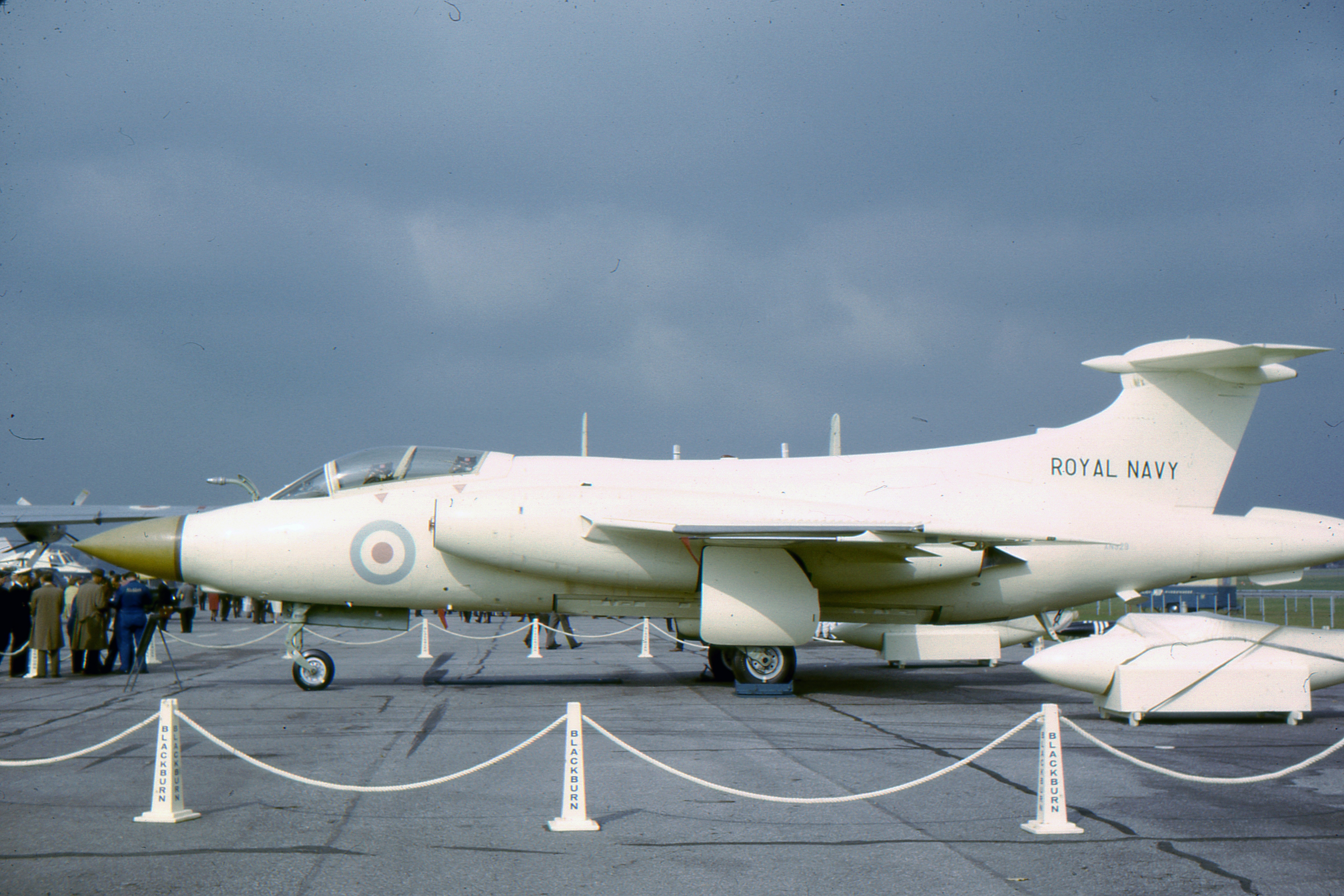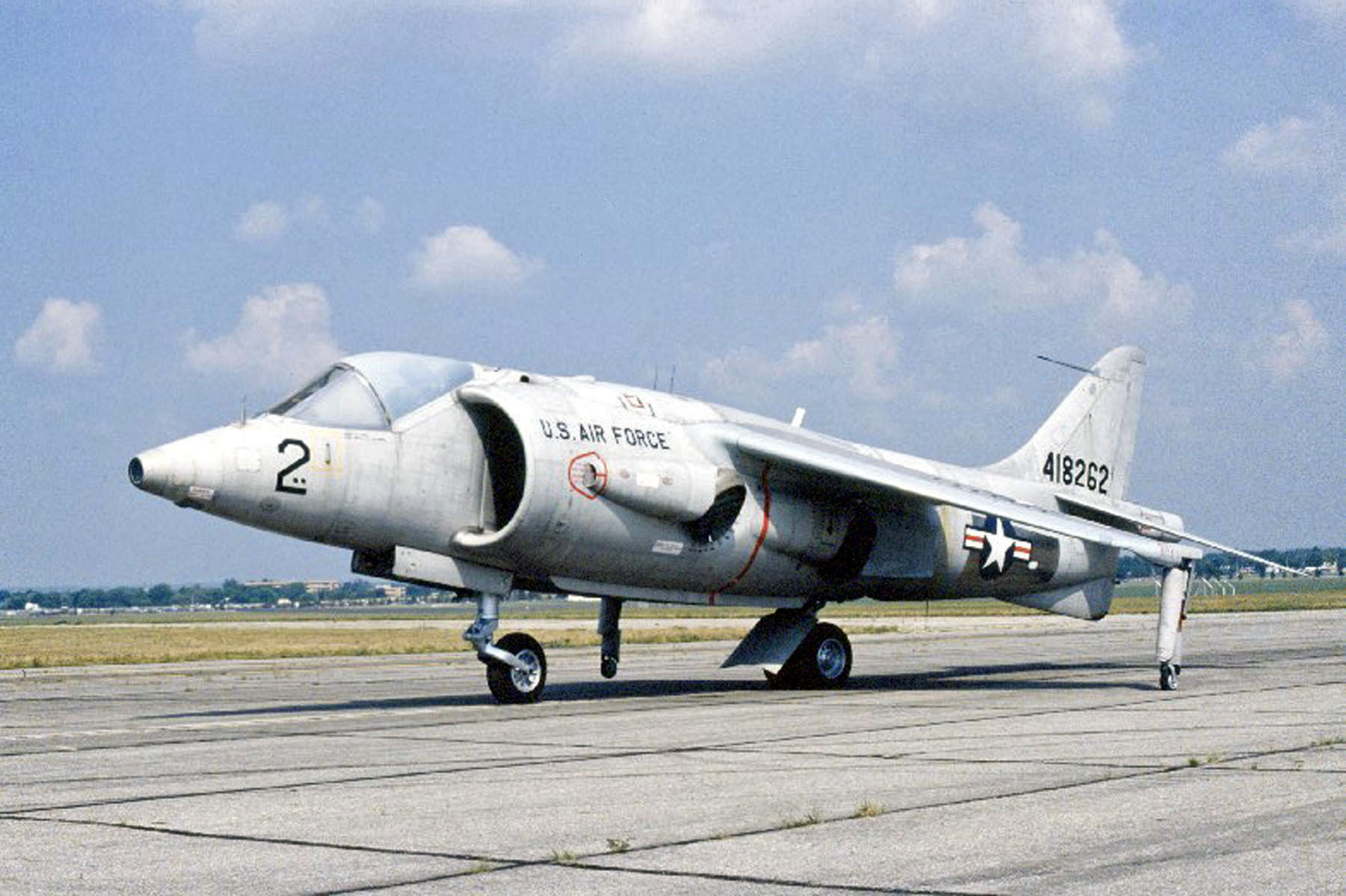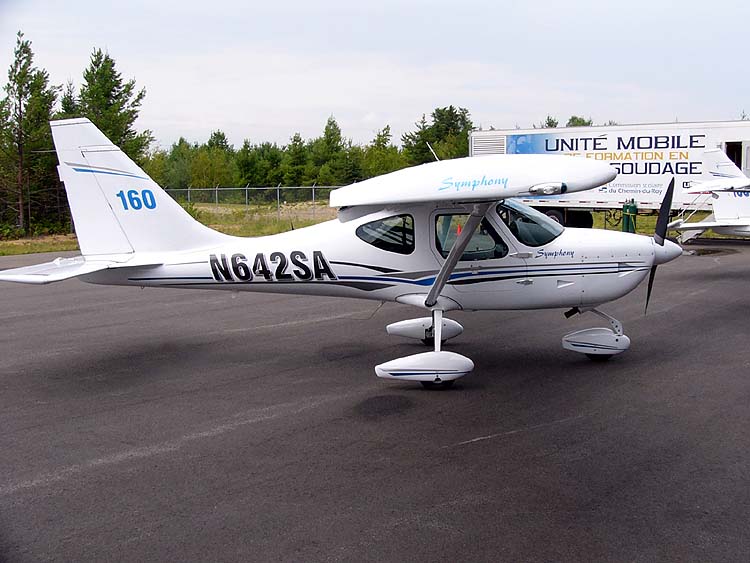|
Vortex Generator
A vortex generator (VG) is an aerodynamic device, consisting of a small vane usually attached to a lifting surface (or airfoil, such as an aircraft wing) or a rotor blade of a wind turbine.Wind Turbine Vortex Generators UpWind Solutions. VGs may also be attached to some part of an aerodynamic vehicle such as an aircraft fuselage or a car. When the airfoil or the body is in motion relative to the air, the VG creates a ,Peppler, I.L.: ''From The Ground Up'', page 23. Aviation Publishers Co. Limited, Ottawa Ontario, Twenty Seventh Revised Edition, 1996. which, by removing some part of the slow-moving b ... [...More Info...] [...Related Items...] OR: [Wikipedia] [Google] [Baidu] |
Rudder
A rudder is a primary control surface used to steer a ship, boat, submarine, hovercraft, aircraft, or other vehicle that moves through a fluid medium (generally aircraft, air or watercraft, water). On an aircraft the rudder is used primarily to counter adverse yaw and p-factor and is not the primary control used to turn the airplane. A rudder operates by redirecting the fluid past the hull (watercraft), hull or fuselage, thus imparting a turning or yaw (rotation), yawing motion to the craft. In basic form, a rudder is a flat plane or sheet of material attached with hinges to the craft's stern, tail, or after end. Often rudders are shaped so as to minimize Drag (physics), hydrodynamic or aerodynamic drag. On simple watercraft, a tiller—essentially, a stick or pole acting as a lever arm—may be attached to the top of the rudder to allow it to be turned by a helmsman. In larger vessels, cables, pushrods, or hydraulics may be used to link rudders to steering wheels. In typical air ... [...More Info...] [...Related Items...] OR: [Wikipedia] [Google] [Baidu] |
STOL
A short takeoff and landing (STOL) aircraft is a conventional fixed-wing aircraft that has short runway requirements for takeoff and landing. Many STOL-designed aircraft also feature various arrangements for use on airstrips with harsh conditions (such as high altitude or ice). STOL aircraft, including those used in scheduled passenger airline operations, have also been operated from STOLport airfields which feature short runways. Design considerations Many fixed-wing STOL aircraft are bush planes, though some, like the de Havilland Canada Dash-7, are designed for use on prepared airstrips; likewise, many STOL aircraft are taildraggers, though there are exceptions like the PAC P-750 XSTOL, the Quest Kodiak, the de Havilland Canada DHC-6 Twin Otter and the Peterson 260SE. Autogyros also have STOL capability, needing a short ground roll to get airborne, but capable of a near-zero ground roll when landing. Runway length requirement is a function of the square of the minimum ... [...More Info...] [...Related Items...] OR: [Wikipedia] [Google] [Baidu] |
Gloster Javelin
The Gloster Javelin is a twin-engined T-tailed delta-wing subsonic night and all-weather interceptor aircraft that served with Britain's Royal Air Force from the mid-1950s until the late 1960s. The last aircraft design to bear the Gloster name, it was introduced in 1956 after a lengthy development period and received several upgrades during its lifetime to its engines, radar and weapons, which included the De Havilland Firestreak air-to-air missile. The Javelin was succeeded in the interceptor role by the English Electric Lightning, a supersonic aircraft capable of flying at more than double the Javelin's top speed, which was introduced into the RAF only a few years later. The Javelin served for much of its life alongside the Lightning; the last Javelins were withdrawn from operational service in 1968 following the introduction of successively more capable versions of the Lightning. Development Origins In the aftermath of the Second World War, Britain identified a threat pose ... [...More Info...] [...Related Items...] OR: [Wikipedia] [Google] [Baidu] |
Blackburn Buccaneer
The Blackburn Buccaneer is a British carrier-capable attack aircraft designed in the 1950s for the Royal Navy (RN). Designed and initially produced by Blackburn Aircraft at Brough, it was later officially known as the Hawker Siddeley Buccaneer when Blackburn became a part of the Hawker Siddeley Group, but this name is rarely used. The Buccaneer was originally designed in response to the Soviet Union's ''Sverdlov''-class cruiser construction programme. Instead of building a new fleet of its own, the Royal Navy could use the Buccaneer to attack these ships by approaching at low altitudes below the ship's radar horizon. The Buccaneer could attack using a nuclear bomb, or conventional weapons. It was later intended to carry short-range anti-shipping missiles to improve its survivability against more modern ship-based anti-aircraft weapons. The Buccaneer entered Royal Navy service in 1962. The initial production aircraft suffered a series of accidents due to insufficient engine ... [...More Info...] [...Related Items...] OR: [Wikipedia] [Google] [Baidu] |
Hawker Siddeley Harrier
The Hawker Siddeley Harrier is a British military aircraft. It was the first of the Harrier series of aircraft and was developed in the 1960s as the first operational ground attack and reconnaissance aircraft with vertical/short takeoff and landing (V/STOL) capabilities and the only truly successful V/STOL design of that era. The Harrier was developed directly from the Hawker Siddeley Kestrel prototype aircraft, following the cancellation of a more advanced supersonic aircraft, the Hawker Siddeley P.1154. In the late 1960s, the Harrier GR.1 and GR.3 variants were ordered by the British government for the Royal Air Force (RAF). It was exported to the United States as the AV-8A, for use by the US Marine Corps (USMC), in the 1970s. During the Harrier's service the RAF positioned the bulk of the aircraft in West Germany to defend against a potential invasion of Western Europe by the Warsaw Pact forces; the unique abilities of the Harrier allowed the RAF to disperse their forces a ... [...More Info...] [...Related Items...] OR: [Wikipedia] [Google] [Baidu] |
Shock-stall
A shock stall is a stall created when the airflow over an aircraft's wings is disturbed by shock waves formed when flying at or above the aircraft's drag divergence Mach number The drag-divergence Mach number (not to be confused with critical Mach number) is the Mach number at which the aerodynamic drag on an airfoil or airframe begins to increase rapidly as the Mach number continues to increase. This increase can cause th .... A stall is the decrease in lift to a value below the Weight, and the associated increase in drag upon the separation of the boundary layer (in this case behind the shock wave). {{aviation-stub Aerodynamics ... [...More Info...] [...Related Items...] OR: [Wikipedia] [Google] [Baidu] |
Symphony SA-160
The Symphony SA-160 is a CAR 523 certified, two-seat, single-engine, high-wing airplane that was manufactured by Symphony Aircraft Industries in Trois-Rivières, Quebec, Canada in the mid-2000s.Hunt, Adam: ''A brief history of Symphony Aircraft'', COPA Flight December 2005 The SA-160 is a development of the Stoddard-Hamilton Glastar amateur-built kit aircraft and is externally similar to that design.Hunt, Adam: ''Flying the Symphony 160'', COPA Flight December 2005 Development The SA-160 was developed from the Glastar by incorporating many significant changes to the basic design with the aim of simplifying construction and complying with certification requirements. The redesign work was completed by the engineering staff of Ostmecklenburgische Flugzeugbau (OMF Aircraft), (East Mecklenburg Aircraft Works Limited) of Neubrandenburg, Mecklenburg-Vorpommern, Germany between 1998 and 2000. The aircraft produced by OMF were sold under the designation OMF-100-160 Symphony. Later ... [...More Info...] [...Related Items...] OR: [Wikipedia] [Google] [Baidu] |
ST Aerospace A-4SU Super Skyhawk
The ST Aerospace A-4SU Super Skyhawk is a major upgrade project of the Douglas A-4S Skyhawk attack aircraft undertaken by Singapore Aircraft Industries (SAI, now ST Aerospace) in the 1980s. It was used exclusively by the Republic of Singapore Air Force (RSAF), serving in the fighter-bomber role from 1989 until retirement from front line service in 2005. Since mid-1999, the A-4SU took on the additional role of being the designated advanced jet trainer (AJT) aircraft for the RSAF's AJT training program/detachment in Cazaux, France."Inauguration of the 150 Squadron Building in Cazaux Air Base, France." '' Singaporean Ministry of Defence ... [...More Info...] [...Related Items...] OR: [Wikipedia] [Google] [Baidu] |
Leading-edge Cuff
A leading-edge cuff is a fixed aerodynamic wing device employed on fixed-wing aircraft to improve the stall and spin characteristics. Cuffs may be either factory-designed or an after-market add-on modification.Crane, Dale: ''Dictionary of Aeronautical Terms, third edition'', page 144. Aviation Supplies & Academics, 1997. A leading-edge cuff is a wing leading-edge modification, usually a lightly drooped outboard leading-edge extension. In most cases of outboard leading-edge modification, the wing cuff starts about 50–70% half-span and spans the outer leading edge of the wing. The main goal is to produce a more gradual and gentler stall onset, without any spin departure tendency, particularly where the original wing has a sharp/asymmetric stall behaviour with a passive, non-moving, low-cost device that would have a minimal impact on performance. A further benefit is to lowering stall speed, with lower approach speeds and shorter landing distances. They may also, depending on ... [...More Info...] [...Related Items...] OR: [Wikipedia] [Google] [Baidu] |
Leading-edge Extension
A leading-edge extension (LEX) is a small extension to an aircraft wing surface, forward of the leading edge. The primary reason for adding an extension is to improve the airflow at high angles of attack and low airspeeds, to improve handling and delay the stall. A dog tooth can also improve airflow and reduce drag at higher speeds. Leading-edge slat A leading-edge slat is an aerodynamic surface running spanwise just ahead of the wing leading edge. It creates a leading edge slot between the slat and wing which directs air over the wing surface, helping to maintain smooth airflow at low speeds and high angles of attack. This delays the stall, allowing the aircraft to fly at a higher angle of attack. Slats may be made fixed, or retractable in normal flight to minimize drag. Dogtooth extension A dogtooth is a small, sharp zig-zag break in the leading edge of a wing. It is usually used on a swept wing, to generate a vortex flow field to prevent separated flow from progressing o ... [...More Info...] [...Related Items...] OR: [Wikipedia] [Google] [Baidu] |
Vortilon
Vortilons are fixed aerodynamic devices on aircraft wings used to improve handling at low speeds. The vortilon was invented by aerodynamicists working at Douglas Aircraft who had previously developed the engine pylons for the Douglas DC-8. The original pylons which wrapped around the leading edge of the wing had to be cut back to reduce excessive cruise drag. Wind tunnel testing of the next Douglas commercial aircraft, the Douglas DC-9 which had no under-wing engines, showed a cutback engine pylon would be beneficial to wing lift and upwash at the tail at the low speed stall. The pylon was reduced in size and became the vortilon (VORTex-generating-pYLON). Vortilons consist of one or more flat plates attached to the underside of the wing near its leading edge, aligned with the flight direction. When the speed is reduced and the aircraft approaches stall, the local flow at the leading edge is diverted outwards; this spanwise component of velocity around the vortilon creates a vorte ... [...More Info...] [...Related Items...] OR: [Wikipedia] [Google] [Baidu] |






